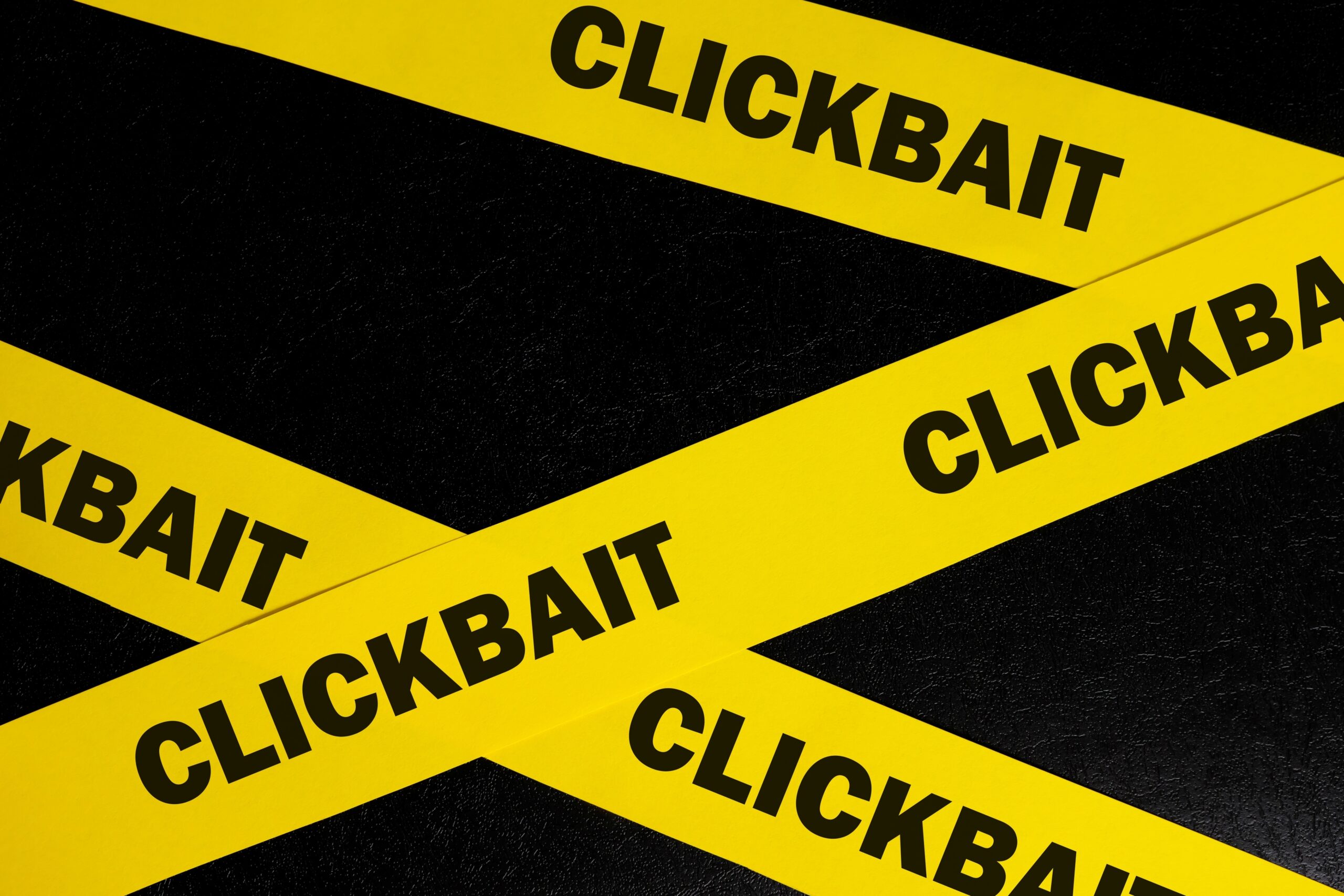When Science and Health are Collateral Damage
Consumers have been hammered over the last few weeks with a slew of common and calculated pieces of misinformation about mercury in seafood. Not as part of a public education campaign gone awry or faulty reporting, but as part of a targeted lobbying campaign that has nothing to do with fish and that you wont hear hide nor hair of next week.
The EPA is under a court order to produce new rules that control emissions of mercury and other airborne toxins generated by electric utilities, and the deadline is today. But next week, when the Sierra Club and its extremist friends in Greenpeace quiet down about mercury in seafood, dont think its because theyve seen the error in their rhetoric and are reconsidering. No, theyve known the error in their rhetoric. They know the sceince well but we evenpointed it out to them.
It would appear that Sierra Club lobbyists are willing to live with collateral damage done to ground truth science and American nutrition.
See our letter below.
December 14, 2011
Michael Brune
Executive Director
Sierra Club
85 Second Street, 2nd Floor
San Francisco, CA 94105
Dear Mr. Brune,
We are deeply concerned about how seafood is being portrayed in the Sierra Clubs latest campaign against coal-fueled utilities. While we strongly support efforts to promote a clean, healthy environment, your campaign unfairly and inaccurately maligns seafood to achieve your objective. As a result, your campaign actually hurts the very people it purports to protect: pregnant women and children.
Equating a tuna fish sandwich with “coal on whole wheat” is reckless and willfully disregards environmental realities, government nutrition guidelines and peer-reviewed scientific evidence. Worst of all, it misinforms and jeopardizes the health of vulnerable populations.
Internationally recognized authorities including but not limited to the World Health Organization, the Food and Agriculture Organization of the United Nations, the United States Department of Agriculture, and Harvard School of Public Health all agree that the predominant risk associated with eating commercial seafood is not eating enough. For pregnant women and new mothers in particular, that means denying their children essential nutrients like omega-3 fatty acids, which help babies eyes and brains develop normally.
Your campaign posters pointing to a pregnant womans child in utero and referring to her womb as a “reservoir of mercury” and “full of joy, love, smiles and mercury” are irresponsible when associated with seafood consumption. Here are the facts your campaign so blatantly disregards:
Fishing in lakes versus oceans
The vast majority of Americans eat commercial seafood from oceans or aquaculture. While power plant pollution can contaminate inland waterways and freshwater fish, it certainly does not correlate to tuna, which thrive in the ocean. The vast majority of the trace amounts of methylmercury indigenous to all ocean seafood are the result of underwater thermal activity and mineral deposits a phenomenon that has continued uninterrupted for millennia. In fact, methylmercury levels in commercial seafood are nearly identical to levels recorded over the last 100 years. Californias judiciary ruled on this very issue on March 11, 2009, noting, “methylmercury in tuna is naturally occurring.” Conflating mercury pollution from coal-burning power plants with methylmercury generated by underwater ocean volcanoes is wrong and deceptive.
Methylmercury
First and foremost: There has never been a confirmed case in a peer-reviewed medical journal of methylmercury poisoning from the normal consumption of commercial seafood in the United States.
Second: The U.S. Food and Drug Administration (FDA) the agency that oversees commercially caught fish enforces 1.0 parts per million (ppm) of mercury in seafood. To put this in the context of your tuna fish/coal sandwich, canned albacore tuna contains 0.35 ppm mercury and canned light tuna contains 0.13 ppm, putting both types nearly three times lower than the safety level.
The U.S. per capita consumption of seafood hovers at just 15.8 pounds a year, as compared to 110 pounds of red meat and 73 pounds of poultry. And the average pregnant woman eats just 1.89 ounces a week, which is less than half a serving, so its dishonest to suggest that a womans womb is fertile ground for mercury poisoning from seafood.
Government recommendations
The 2010 Dietary Guidelines issued by the United States Department of Agriculture (USDA) and United States Department of Health and Human Services (HHS) recommend that pregnant women “eat at least 8 and up to 12 ounces of seafood every week during pregnancy and breastfeeding.” Children require their mothers to pass along the unique nutrients in seafood for optimal neurological and eye development.
The only types of fish the USDA and HHS instruct women to completely avoid during pregnancy and breastfeeding are shark, swordfish, king mackerel and tilefish. The Dietary Guidelines for Americans (DGA) are clear that pregnant and breastfeeding women can eat all types of canned tuna. All U.S. agencies are now on point that outdated and inconsistent guidance need to be aligned with the current dietary policy.
Its a fact that children whose mothers eat no fish during pregnancy are 29% more likely to have abnormally low IQs. Think of the harm your ads cause when you insinuate women shouldnt eat fish.
Like the Sierra Club, we believe in the importance of healthy air and uncontaminated water. But we cannot allow your organization to continue to peddle misinformation that will undoubtedly scare people away from an inherently healthy product like seafood. There are far better ways to lobby for a cause than to jeopardize the health and well-being of pregnant women and children.
Sincerely,
Mary Anne Hansan
Vice President
cc: Robin Mann, president, Sierra Club


